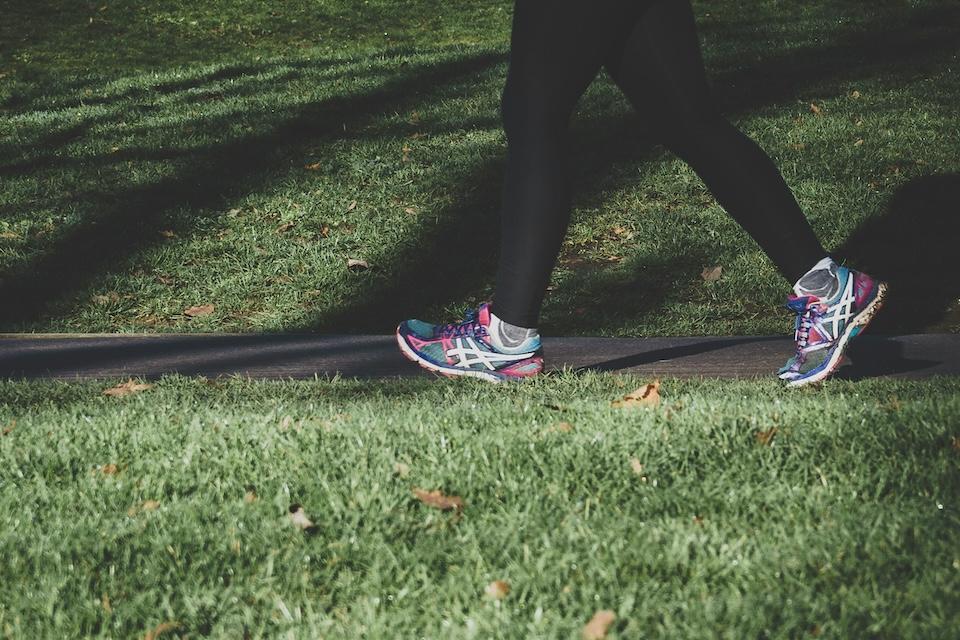How humans continuously adapt while walking stably

Researchers have developed a model that explains how humans adapt continuously during complex tasks, like walking, while remaining stable.
The findings were detailed in a paper published in the November 2024 edition of the journal Nature Communications authored by Nidhi Seethapathi, an assistant professor in MIT’s Department of Brain and Cognitive Sciences; Barrett C. Clark, a robotics software engineer at Bright Minds Inc.; and Manoj Srinivasan an associate professor in the Department of Mechanical and Aerospace Engineering at Ohio State University.
In episodic tasks, like reaching for an object, errors during one episode do not affect the next episode. In tasks like locomotion, errors can have a cascade of short-term and long-term consequences to stability unless they are controlled. This makes the challenge of adapting locomotion in a new environment more complex.
"Much of our prior theoretical understanding of adaptation has been limited to episodic tasks, such as reaching for an object in a novel environment," Seethapathi says. "This new theoretical model captures adaptation phenomena in continuous long-horizon tasks in multiple locomotor settings."
To build the model, the researchers identified general principles of locomotor adaptation across a variety of task settings, and developed a unified modular and hierarchical model of locomotor adaptation, with each component having its own unique mathematical structure.
The resulting model successfully encapsulates how humans adapt their walking in novel settings such as on a split-belt treadmill with each foot at a different speed, wearing asymmetric leg weights, and wearing an exoskeleton. The authors report that the model successfully reproduced human locomotor adaptation phenomena across novel settings in ten prior studies and correctly predicted the adaptation behavior observed in two new experiments conducted as part of the study.
The model has potential applications in sensorimotor learning, rehabilitation, and wearable robotics.
"Having a model that can predict how a person will adapt to a new environment has immense utility for engineering better rehabilitation paradigms and wearable robot control," Seethapathi says. "You can think of a wearable robot itself as a new environment for the person to move in, and our model can be used to predict how a person will adapt for different robot settings. Understanding such human-robot adaptation is currently an experimentally intensive process, and our model could help speed up the process by narrowing the search space."

